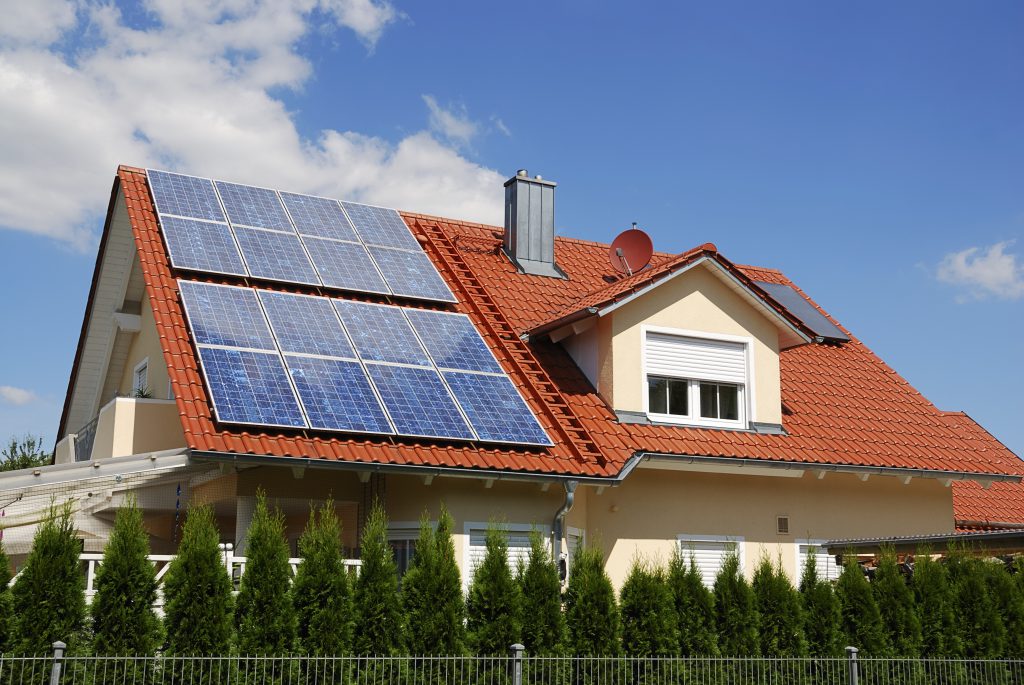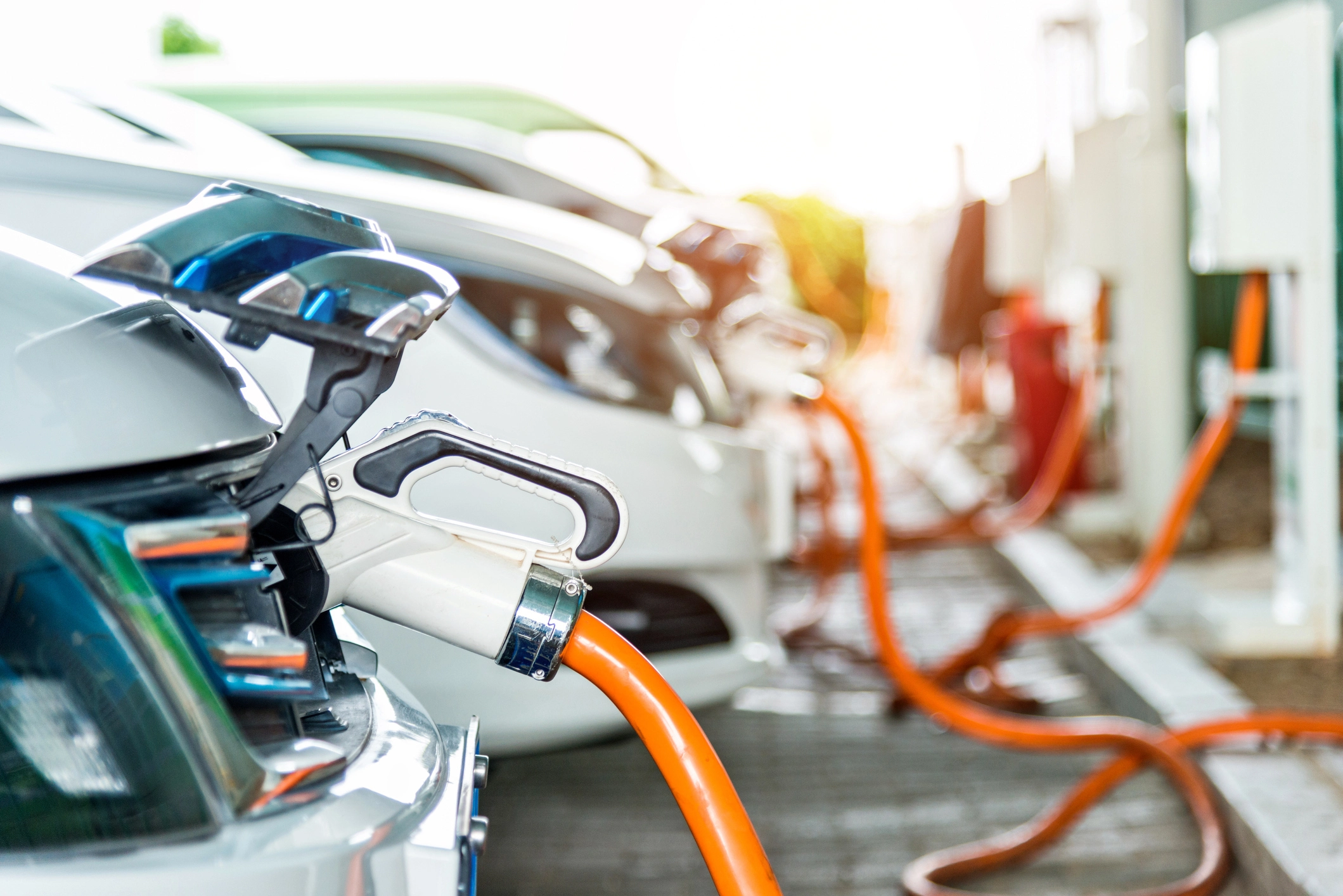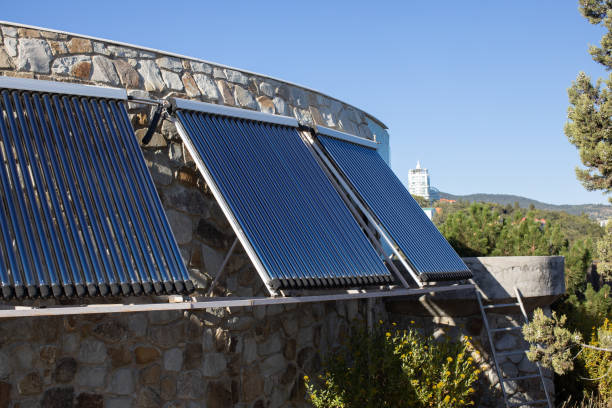FAQs

FREQUENTLY ASKED QUESTIONS – SOLAR
Why should I go solar?
1. What are the financial benefits of solar energy?
When you install a solar energy system on your property, you save money on your electricity bills and protect yourself against rising electricity rates in the future. How much you can save depends on the utility rates and solar policies in your area but going solar is a smart investment regardless of where you live.
2. What are the environmental benefits of solar energy?
Solar power, like other renewable energy resources, has many environmental and health benefits. Going solar reduces greenhouse gas emissions, which contribute to climate change, and also results in fewer air pollutants like sulfur dioxide and particulate matter, which can cause health problems.
3. How do I find out how much I pay for electricity?
The easiest way to find out how much you pay for electricity (and how much electricity you use per month) is to take a look at your utility electricity bill.
How do solar panels work for my home?
1. How do solar photovoltaic (PV) panels work?
Solar panels absorb the sun’s energy throughout the day and convert it into direct current (DC) electricity. Most homes and businesses run on alternating current (AC) electricity, so the DC electricity is then passed through an inverter to convert it to usable AC electricity. At that point, you either use the electricity in your house or send it back to the electric grid if it is allowed in your country. Sending back to the grid is not currently allowed in Trinidad and Tobago
2. Do my solar panels produce power when the sun isn’t shining?
The amount of power your solar energy system can generate is dependent on sunlight. As a result, your solar panels will produce slightly less energy when the weather is cloudy, and no energy at night.
3. Will I still receive an electric bill if I have solar panels?
Unless your solar energy system includes battery storage and you are fully off the grid, you will still receive a bill from your utility. However, you can dramatically reduce your bill, or even cut the amount you owe to $0, with a solar panel system that matches your energy use.
4. How much will solar panel maintenance cost?
Solar panel systems are made of durable tempered glass and require little to no maintenance for the 25 to 35 years that they will generate power. In most cases, you don’t even need to clean your solar panels regularly. If something does happen, most equipment manufacturers include warranties, although warranty terms depend on the company.
5. Is my roof suitable for solar panels?
Southerly-facing roofs (10 degrees in the case of T&T) with little to no shade and enough space to fit a solar panel system are ideal for installing solar. However, in many cases there are workarounds if your home doesn’t have the ideal solar roof.
FREQUENTLY ASKED QUESTIONS – EV Chargers

1. How does EV charging work?
Charging an electric car is a pretty simple process that can differ depending on the type of charger. Generally, every EV comes with a charging cable and plug suitable for the specific car and country you live in. Most of the time, you will be able to plug the cable directly into a outlet and charge your EV from the respective EV charger.
2. How does an EV Charging Station Work?
A. Identify yourself to the charging station – this may be through a mobile app, an RFID tag or card, or even using a contactless credit or debit card.
B. Plug the charging cable into the vehicle and the station. Some stations come with built-in cables; in which case you can plug that directly into your car.
C. Charge. You should see confirmation through your vehicle’s display as well as the charger’s indicator lights.
D. Once charged, you can end the charging session via the station or mobile app, depending on how you started it.
3. What powers EV charging stations?
Throughout the world, electric grids work on AC power: as the name suggests, the electrical current alternates, or changes direction, a given number of times per second. By contrast, direct current flows at a fixed rate.
While EV chargers come in many different shapes and sizes, the main difference is whether they provide alternating current (AC) or direct current (DC).
AC vs DC electricity
All batteries, including those in EVs, store DC (direct current) power, so the AC (alternating current) current coming from the grid must be converted. It’s not a question of if, but rather where this conversion happens that highlights the key difference between AC and DC chargers.
AC chargers are the most common (and generally slower) type.
4. How long does it take to charge a car battery?
- The charging speed for any given car and situation depends on various factors such as the battery size, the car and chargers’ charging capacity, and even the weather.
- One of the main determinants of charging time is the car’s battery size.
- Another important factor that will affect an EV’s charging time is the battery’s state of charge.
- Because of their chemistry, batteries can accept more power at lower charge levels: as they get closer to 100%, the charging power, and thus speed, slows down considerably.
- So while charging a car from 20% to 70% might only take a few minutes, charging it from 70% to full will take substantially longer.
5. What type of EV chargers are there?
Broadly speaking, there are 3 types of charging stations.
- Level 1 chargers are the slowest, most common type. They can be connected to a wall socket at home and deliver up to 2.3 kWh, or around 6 to 8 km of range per hour.
- Level 2 chargers provide higher speeds but require professional installation. They are the most common type found in residential, commercial, and municipal settings.
- Level 3 chargers, also called DC or fast chargers, can deliver the most power and highest charging speed. They require bulky transformers and require professional installation.
6. How often do you have to charge an electric car?
The answer depends greatly on your driving habits and car’s range.
FREQUENTLY ASKED QUESTIONS – Solar Water Heaters

1. How does an evacuated tube solar water heater work?
The system captures sunlight in evacuated tubes, heating a circulating fluid. This fluid then transfers heat to water in the storage tank, providing hot water for use. The vacuum between the glass tubes minimizes heat loss, making the system highly efficient.
2. What is the lifespan of a solar water heater?
With proper maintenance, the average lifespan is between 15 to 20 years.
3. Does the system need a backup on cloudy days?
While evacuated tube systems work well even on cloudy days, most come with an electric or gas backup to ensure hot water availability in less favorable conditions.
4. What maintenance is required for a solar water heater?
Minimal maintenance is needed—usually annual checks of the tubes and water tank. The system’s controller ensures efficient operation, and the tubes are generally self-cleaning.
5. Is a solar water heater environmentally friendly?
Yes, it significantly reduces the reliance on fossil fuels for water heating, leading to lower greenhouse gas emissions.

